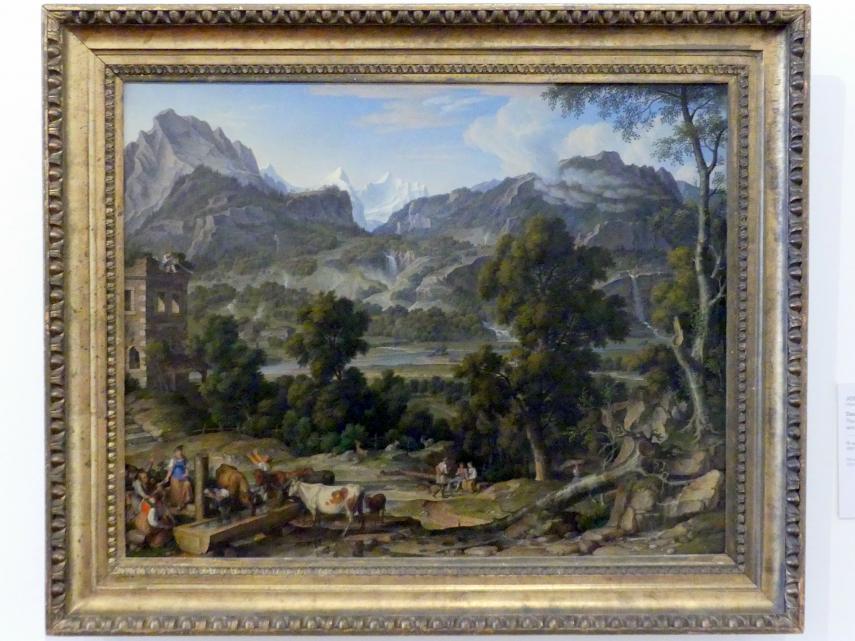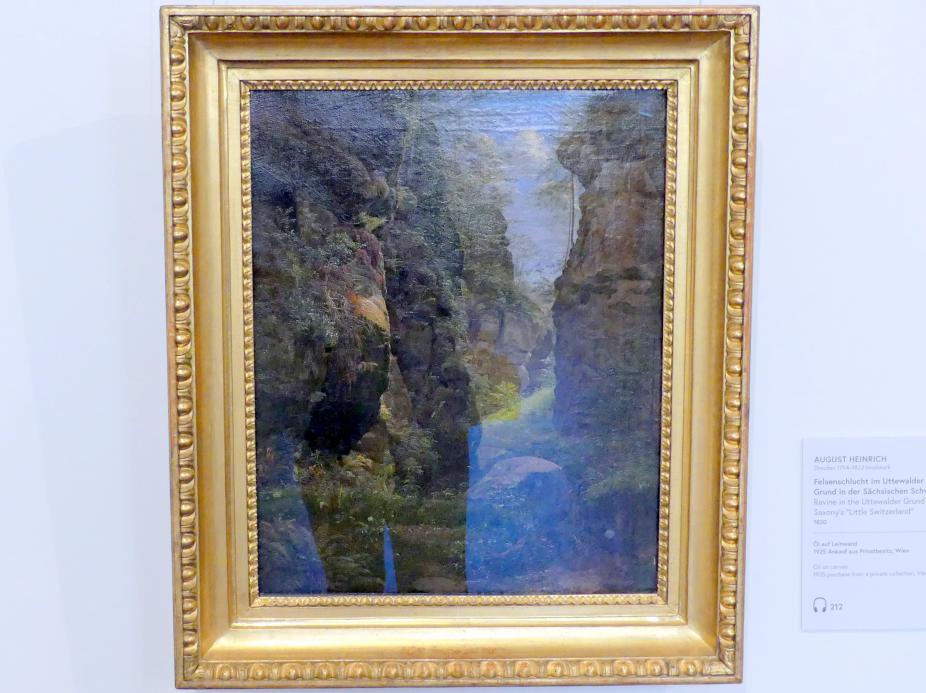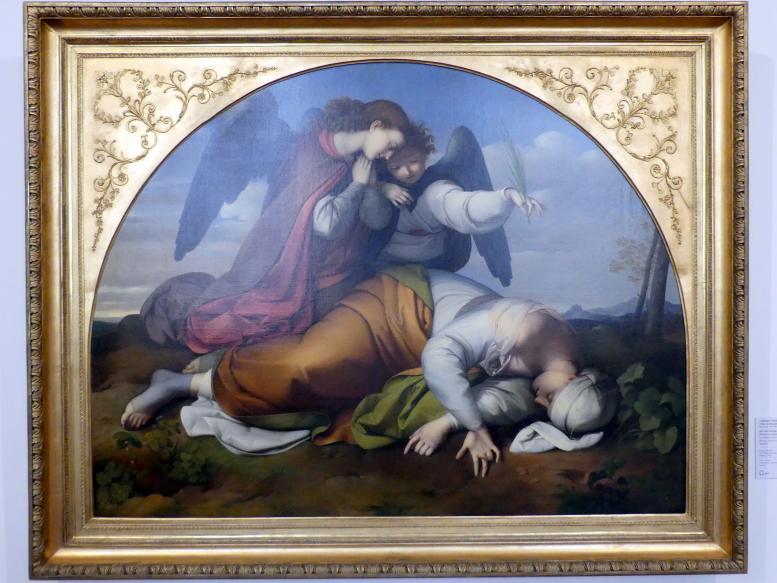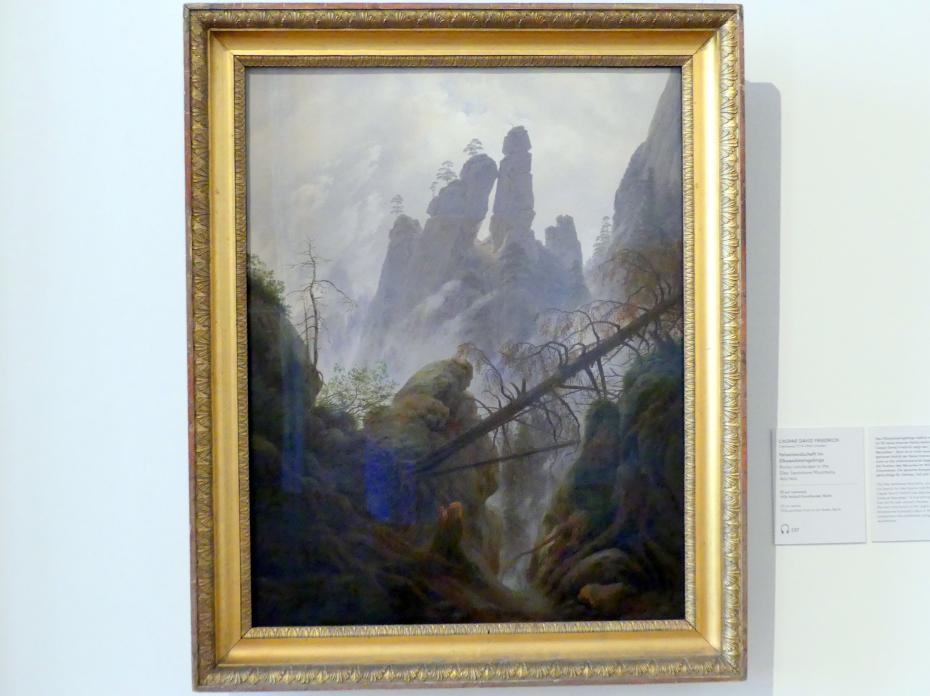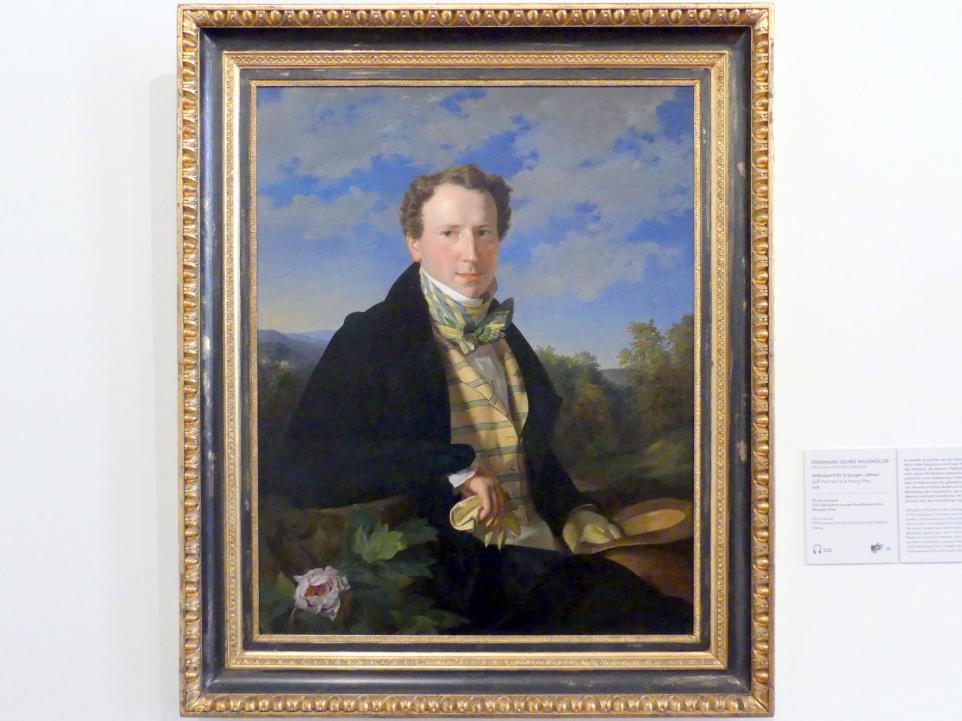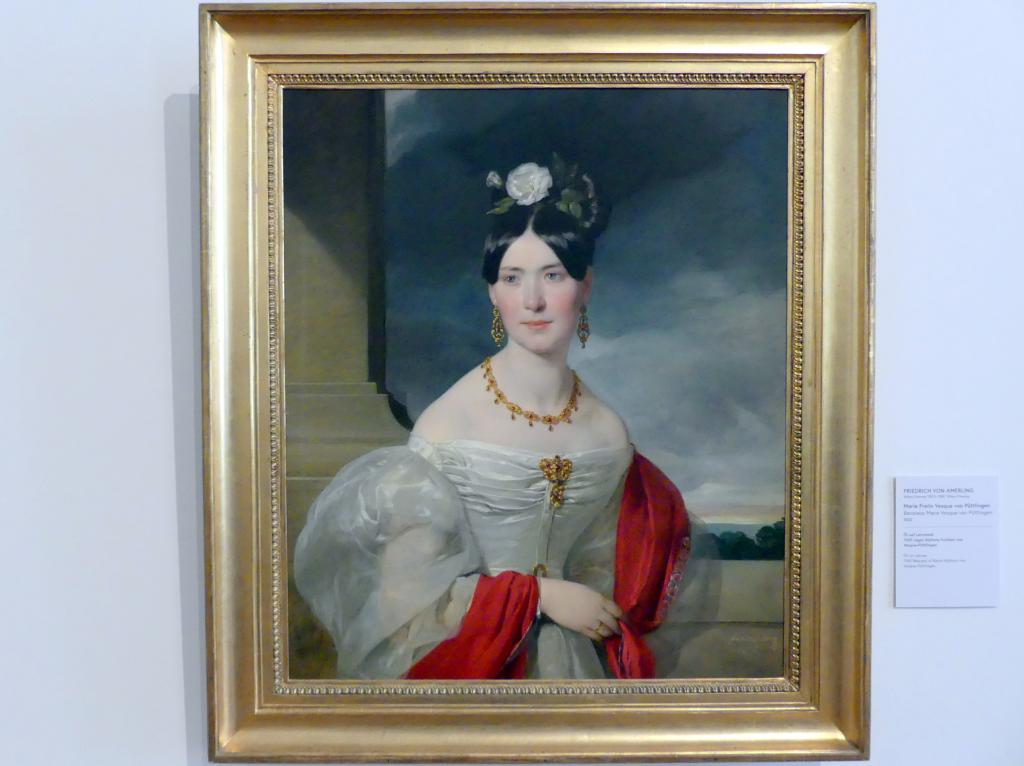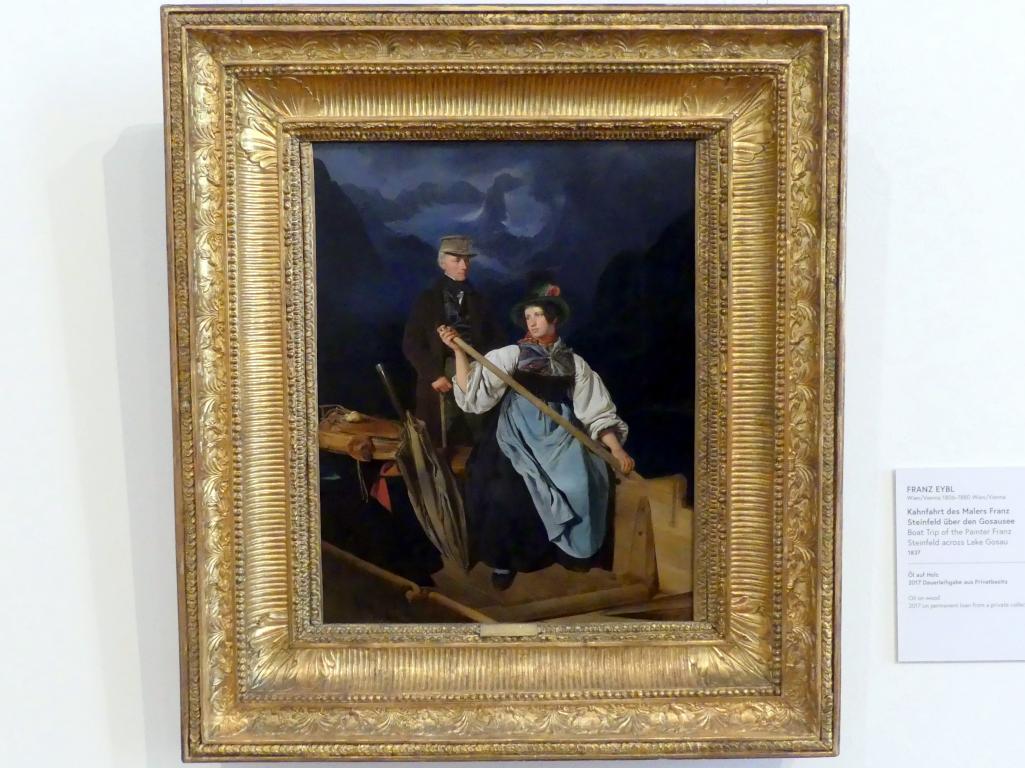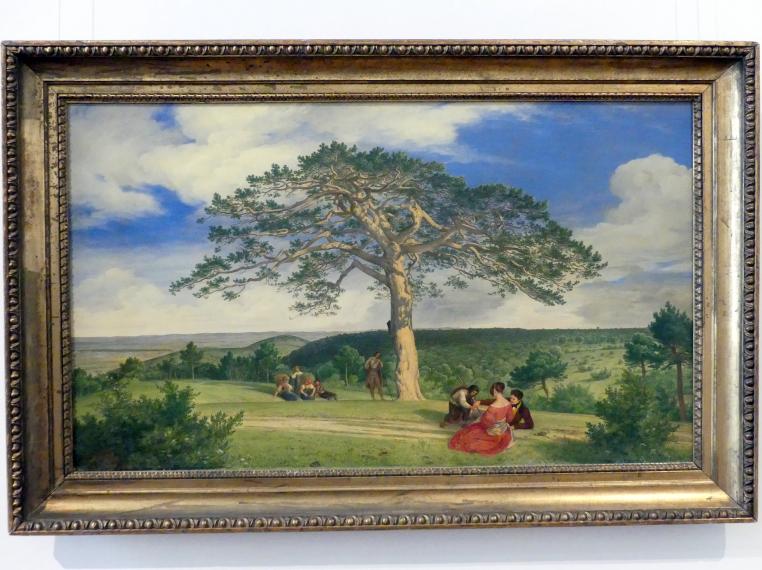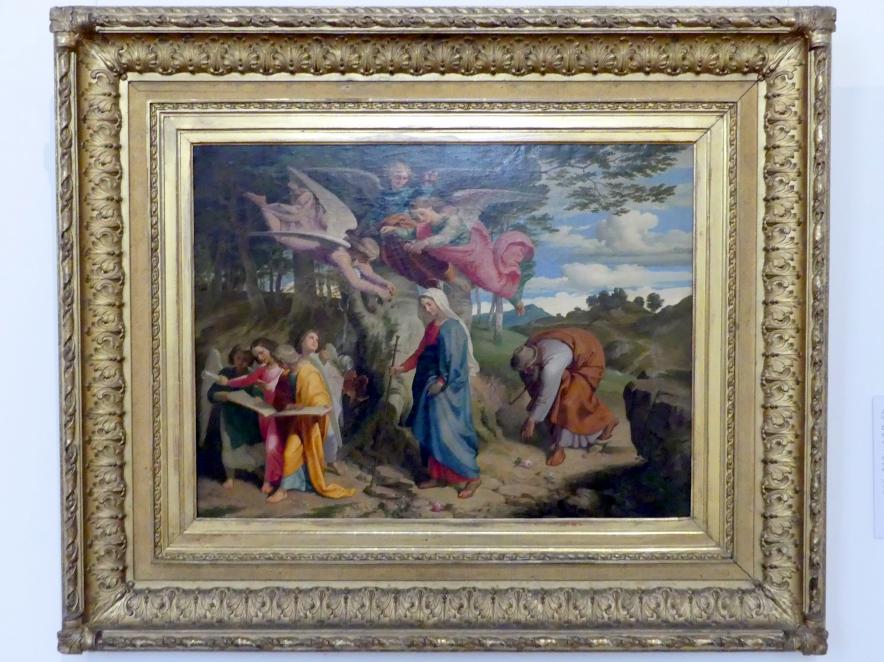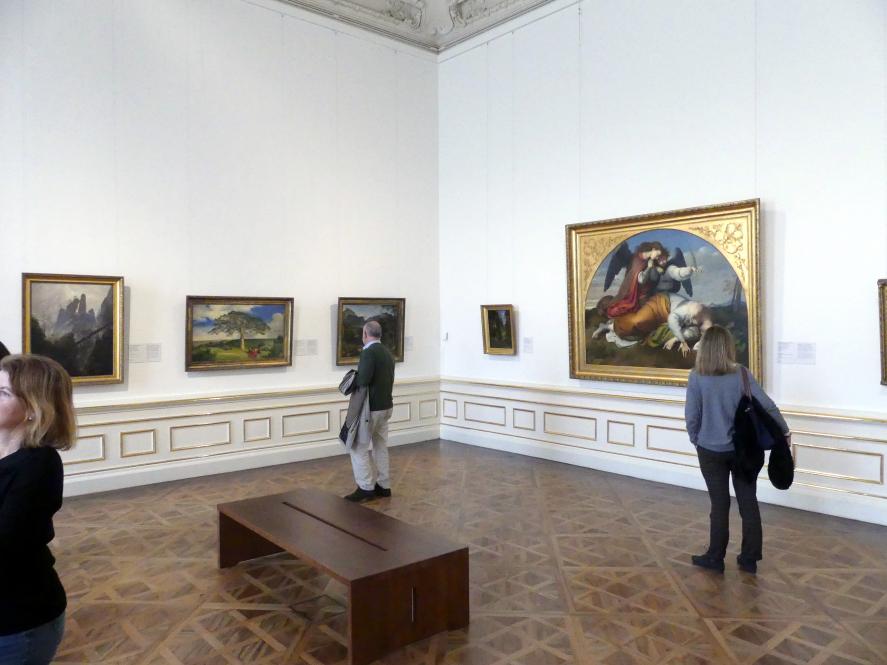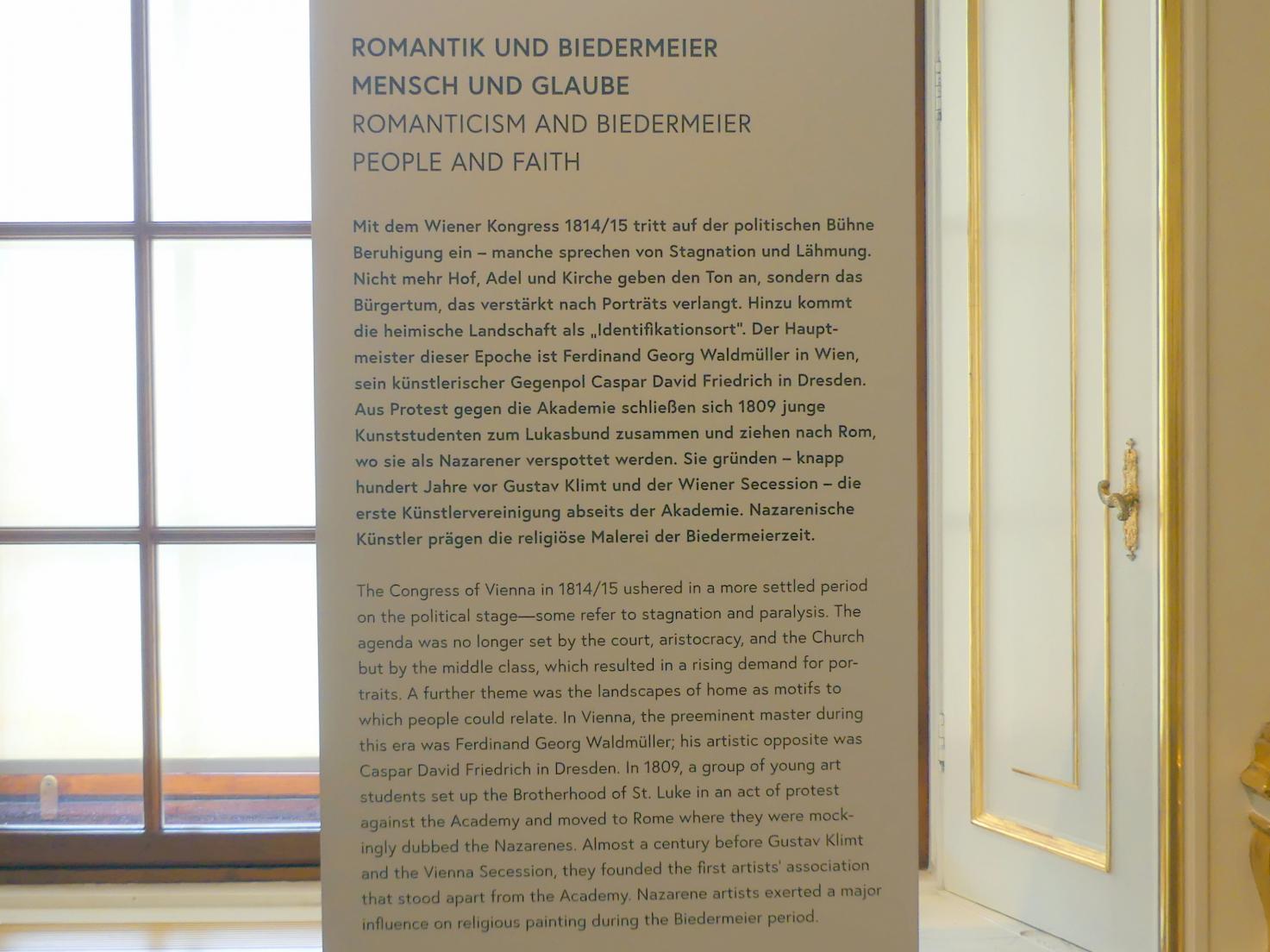Position Wien, Museum Oberes Belvedere
Bedeutende Künstler in Wien, Museum Oberes Belvedere, Saal 11 (1815–1841)
Künstler in Wien, Museum Oberes Belvedere, Saal 11
Caspar David Friedrich
1774 Greifswald - 1840 Dresden
Ferdinand Georg Waldmüller
1793 Wien - 1865 Hinterbrühl bei Mödling
Joseph Anton Koch
1768 Obergiblen - 1839 Rom
Wien, Museum Oberes Belvedere, Saal 11
